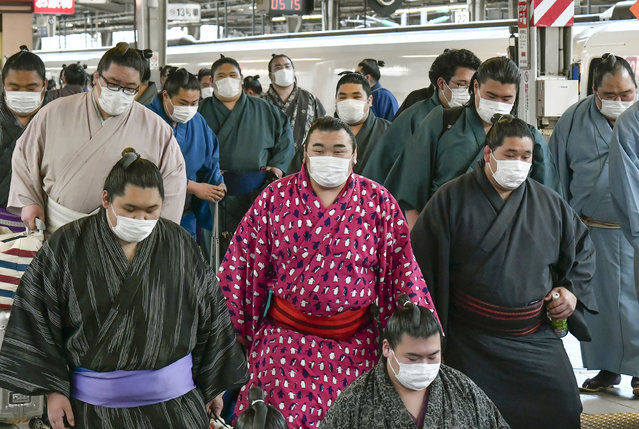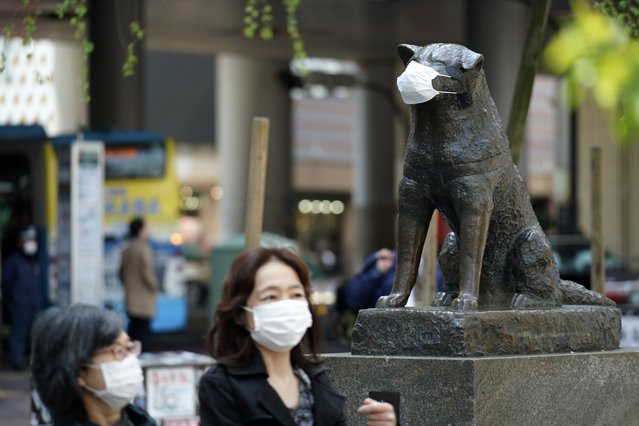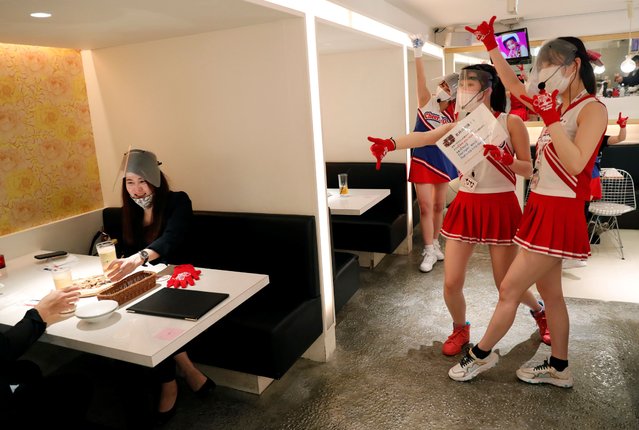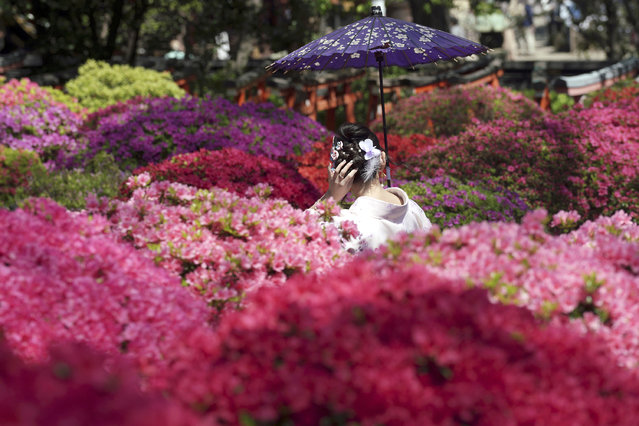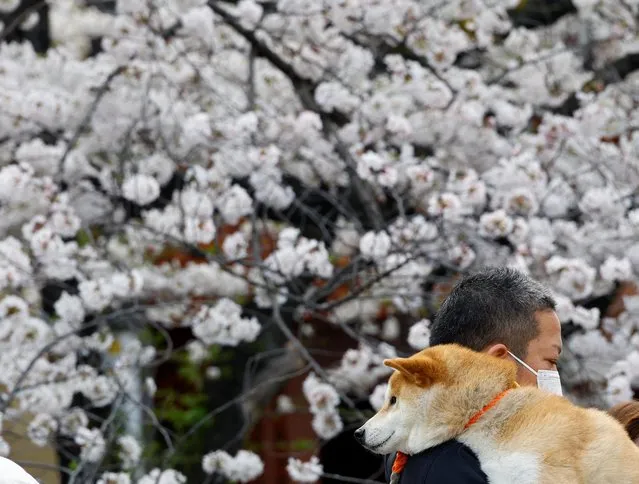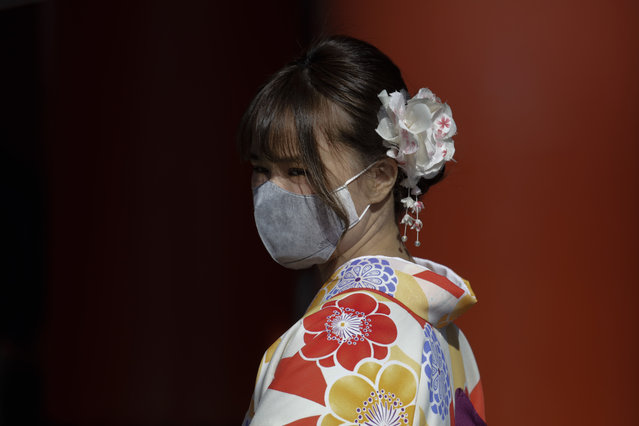
A tourist pauses for photos with her mask on at Sensoji Temple Thursday, January 30, 2020, in Tokyo. The country began evacuating Japanese citizens on Wednesday from the Chinese city Wuhan hardest-hit by the virus. (Photo by Jae C. Hong/AP Photo)
27 Feb 2020 00:01:00,post received
0 comments

